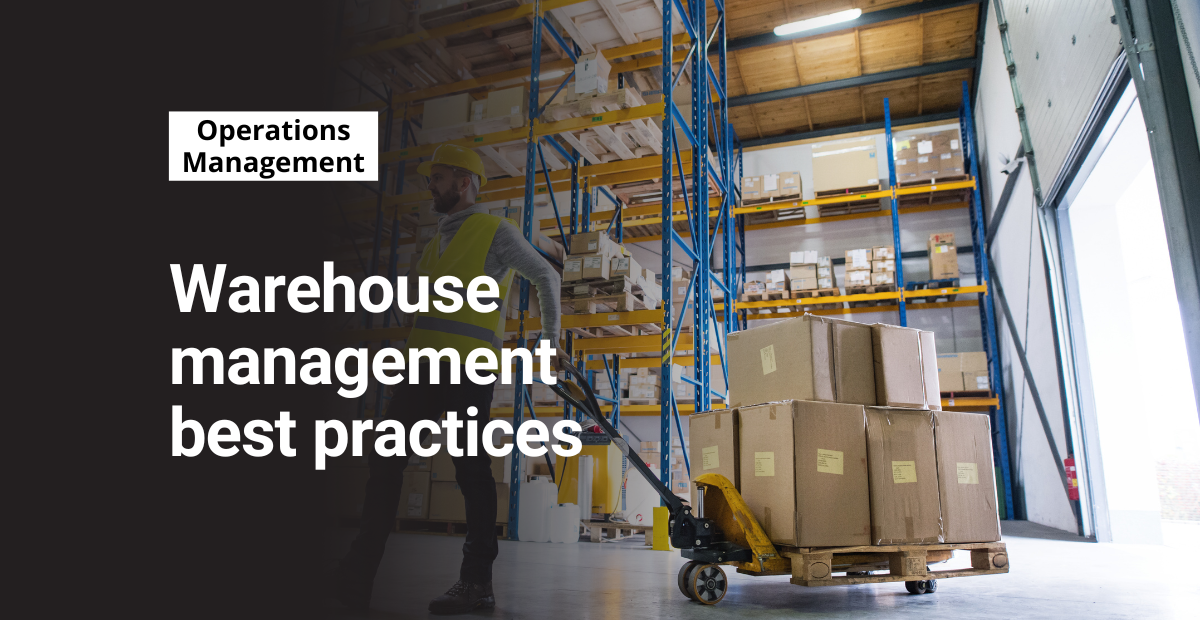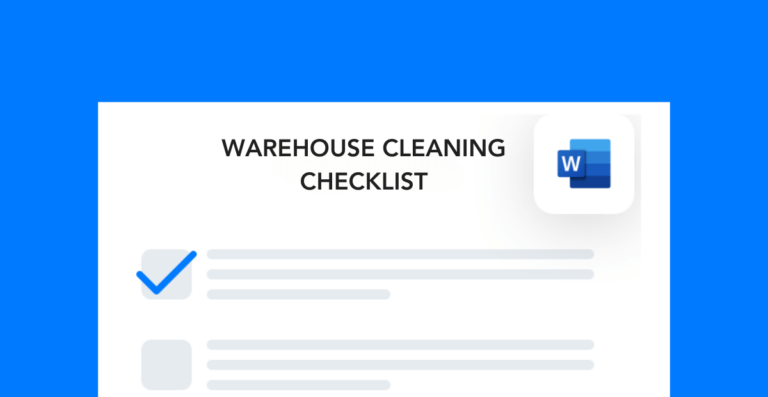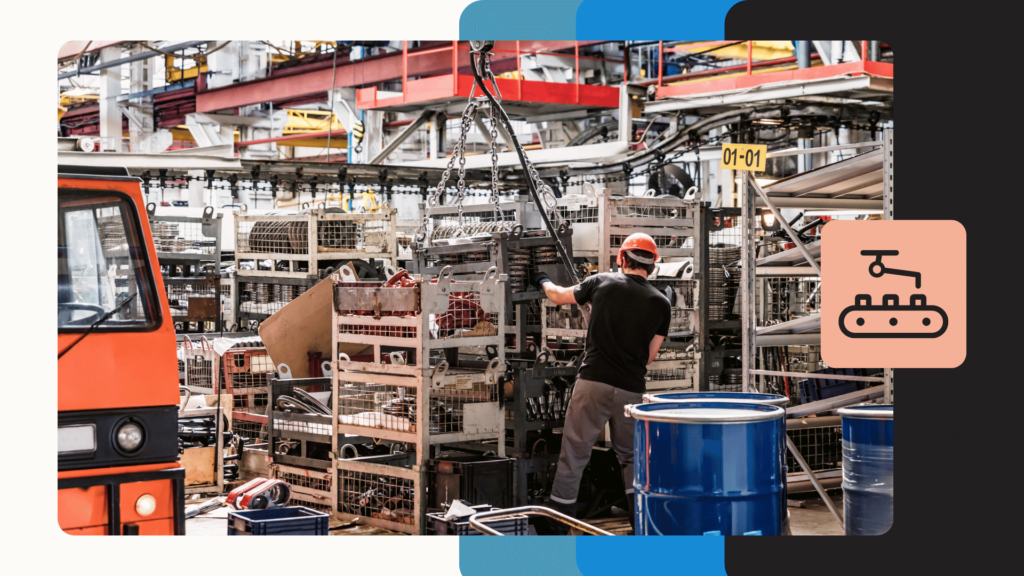The warehouse environment can be very overwhelming at times, but it doesn’t have to be. Because of all the moving parts, success relies on thoughtful planning and consistent execution.
In my few years as a warehouse manager, I learned many lessons on the best way to run an operation. One of the most important being the necessity of collaboration. You won’t, as a single individual, be able to guarantee the success of the entire business.
But there are many ways you can influence the culture and improve the processes from your own management strategies. Below are the warehouse management best practices that I followed to promote a safe, productive facility.
List of best practices
These best practices are gathered from my experience as a warehouse manager, overseeing large teams of 150+ employees and small teams as well.
Some of these practices focus on the warehouse itself while others focus on the people. In my experience you need both for total efficiency.
Establish an inventory storage system
An efficient warehouse is an organized one. Keeping inventory properly stored and rotated is essential for many reasons, including:
- Preventing damage
- Avoiding product waste
- Keeping shelves organized
- Protecting workers from warehouse hazards
Regardless of how you choose to store inventory, it’s essential that you implement some sort of standards. Train workers how to follow those standards. And once you have them in place, make sure to perform regular audits.
If you need help getting started, check out our quick guide on how to organize warehouse inventory.
Make the HR team accessible
In my experience, having HR accessible to frontline workers saves an incalculable amount of time. This is especially true for large companies with lots of people.
Workers have questions about benefits, time off policies, and other important matters. But when managers are the only point of contact, it can take away from their operational duties.
Having an open-door policy or even regular office hours can streamline communication efforts. And this may lead to better retention in the long-term by making workers feel more supported.
Set break room standards
Sometimes, the break room can feel like the Wild West. So, it’s important to set standards for how employees act there, even if it’s a place of relaxation.
Perhaps the biggest consideration is cleanliness. A messy break room can create unnecessary health risks for both workers and consumers. It’s not as uncommon as you might think for a pest problem in the breakroom to impact stored inventory.
All it takes is one infestation to impact the entire site. That’s why you should set a 5S standard in the break room—to ensure your facilities stay clean and sanitary.
Provide as much structure as possible
When it comes to effective shift management, structure is crucial. Developing a routine schedule can be difficult in the beginning, but without it, the warehouse will be much harder to manage.
You can introduce structure by:
- Creating rigid shift schedules
- Designing processes so rules are easy to follow
- Organizing the warehouse to aid process flow
- Developing standard operating procedures (SOPs)
These are just some of the available methods. You’re really only limited by your creativity when it comes to establishing standards. And with clear boundaries in place, it will be easier to track inventory and protect workers.
Celebrate the collective effort
A warehouse is an energy center. It comes alive as each department works to fulfill its step in the process. When there’s a problem in one area, it affects the entire system.
That’s why it’s crucial to encourage the collective effort. No department goes unrecognized for its role in the success of the entire warehouse.
This includes cleaning staff, maintenance technicians, stowers, pickers, and everyone in between. Having a dedicated approach for celebrating the team can reduce turnover, increase productivity, and improve overall quality.
Make cleanliness a priority
I am a firm believer in cleanliness as an efficiency measure because I’ve seen the direct correlation between the two. A clean warehouse:
- Makes it easier for workers to complete tasks
- Prevents health issues
- Reduces safety hazards
- Simplifies processes
- Protects capital assets (ex. Heavy machinery)
Optimizing your site’s 5S may take some trial and error but it’s worth the time investment. And once your warehouse is set in order, you’ll be able to focus on more revenue-generating measures.
Level up your approach
The most effective way to level up your warehouse management approach is to start tracking all your metrics digitally. When you don’t track performance over time, it’s hard to figure out what’s working and what isn’t.
An EHS software system handles important compliance documentation but also makes a great resource for tracking action items and reviewing performance metrics. Having a digital copy of important records makes it easier to identify patterns and trends. Those insights can go a long way towards improving performance in your warehouse.
In the video below, you can see how our mobile app makes it easy to document your warehouse management tasks and corrective actions. Book a demo to see if this solution is a good fit for your operation.




